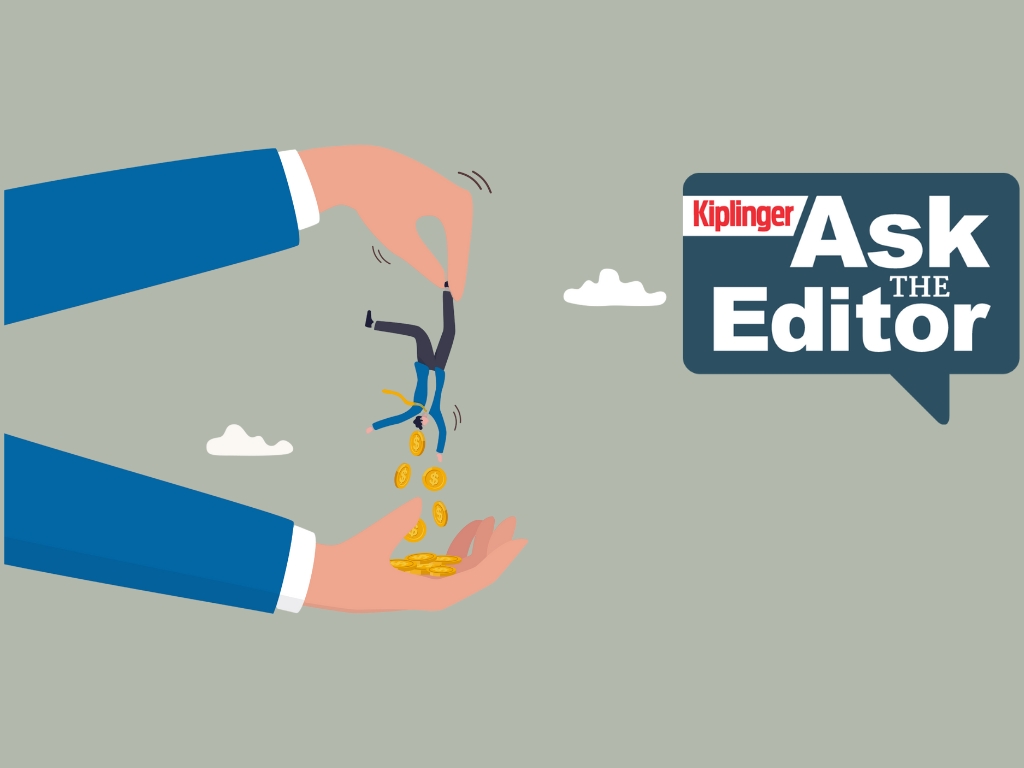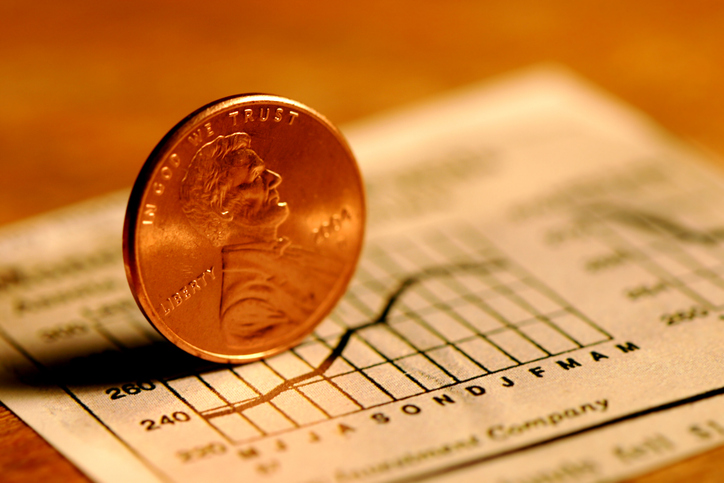Carbon Offsets Will Only Carry You So Far
To effectively reduce your carbon footprint, you’ll need to be a smart shopper and navigate terms like “radiative forcing” and “leakage.”

On the list of activities that form our carbon footprint, from air-conditioning to eating meat, air travel is near the top. Short of refusing to fly—as Greta Thunberg, the Swedish teen activist, did when she traveled from England to New York in a carbon-neutral sailboat—you can pay a third party to plant trees, destroy methane or build wind turbines in a bid to counterbalance the damage your flight has done to the environment.
Carbon-offset sellers will calculate your carbon footprint, whether you travel by bus, car, plane or train, and translate the tons of carbon dioxide emissions triggered by your trip into a dollar figure that can help fund carbon-reducing or carbon-prevention projects around the world.
Buying carbon offsets is not expensive, especially for short hops. But figuring out how effective your purchase is isn’t easy.
From just $107.88 $24.99 for Kiplinger Personal Finance
Become a smarter, better informed investor. Subscribe from just $107.88 $24.99, plus get up to 4 Special Issues

Sign up for Kiplinger’s Free Newsletters
Profit and prosper with the best of expert advice on investing, taxes, retirement, personal finance and more - straight to your e-mail.
Profit and prosper with the best of expert advice - straight to your e-mail.
Different shades of green. Carbon-offset sellers host calculators that estimate your flight’s carbon footprint, but the numbers are all over the map. For example, for a round-trip flight from Seattle to Miami, you could pay as little as $9.25 through Carbonfund.org; the cost, however, jumps to $24.98 if you include “radiative forcing,” which factors in the ability of greenhouse gases to alter temperature. Cool Effect suggests $6.11 for about 12 hours total in the air, and TerraPass’s calculator estimates $17.56 for the Seattle–Miami route.
Variables and assumptions, such as the type of plane or number of stops, affect the estimates, says Jennifer Andrews, project director at the Sustainability Institute at the University of New Hampshire. Rather than choosing your offset seller by price, consider which projects you want to support.
If you want more control over how your money contributes to environmental protection, consider donating to a green charity or nonprofit.
Check the company’s website to see how it chooses projects and evaluates their impact. The projects promising emission reductions should be real and additional (that is, the projects are only happening because of carbon-offset purchases). The projects should be verified by an independent third party, such as Gold Standard. The effect of the offset should be designed to be permanent. And the company should have accounted for leakage (such as the risk that deforestation might shift to another area unprotected by the project’s scope). Co-benefits, such as creating jobs or preserving natural habitats, are a plus.
Depending on the carbon-offset provider, you may or may not be able to specify the type of projects you want to fund. Tani Colbert-Sangree, a program officer at the Greenhouse Gas Management Institute, an educational nonprofit, says projects that capture a greenhouse gas and destroy it or make use of it, such as methane capture at landfills, are generally safer bets (even though their “additionality” may need to be evaluated). Forestry projects, while valuable, are riskier and face problems with permanence and leakage.
If you want more control over how your money contributes to environmental protection, consider donating to a green charity or nonprofit. For example, you could look for an organization pushing for strong climate and energy policies or one working on local environmental issues, says Barbara Haya, a research fellow at the Center for Environmental Public Policy at the University of California, Berkeley. But the best way to reduce your carbon footprint, experts point out, is to cut back on activities that generate the carbon dioxide in the first place.
Profit and prosper with the best of Kiplinger's advice on investing, taxes, retirement, personal finance and much more. Delivered daily. Enter your email in the box and click Sign Me Up.

-
 AI Appliances Aren’t Exciting Buyers…Yet
AI Appliances Aren’t Exciting Buyers…YetThe Kiplinger Letter Artificial intelligence is being embedded into all sorts of appliances. Now sellers need to get customers to care about AI-powered laundry.
-
 Ask the Editor: IRAs, 401(k)s and RMDs
Ask the Editor: IRAs, 401(k)s and RMDsAsk the Editor In this week's Ask the Editor Q&A, Joy Taylor answers questions on IRAs, 401(k)s and required minimum distributions
-
 Got $100 to Gamble? These Penny Stocks Could Be Worth the Ride
Got $100 to Gamble? These Penny Stocks Could Be Worth the RideVolatile penny stocks are high-risk plays with potentially high rewards. If you have $100 you can afford to lose, these three names are worth a look.
-
 21 Last-Minute Gifts for Grandparents Day 2025 to Give Right Now
21 Last-Minute Gifts for Grandparents Day 2025 to Give Right NowHoliday Tips Last-minute gifting is never easy. But here are some ideas to celebrate Grandparents Day.
-
 Texas Sales Tax-Free Weekend 2025
Texas Sales Tax-Free Weekend 2025Tax Holiday Here's what you needed to know about the Texas sales tax holiday.
-
 Alabama Tax-Free Weekend 2025
Alabama Tax-Free Weekend 2025Tax Holiday Here’s everything you need to know about the 2025 back-to-school Alabama sales tax holiday.
-
 Amazon Resale: Where Amazon Prime Returns Become Your Online Bargains
Amazon Resale: Where Amazon Prime Returns Become Your Online BargainsFeature Amazon Resale products may have some imperfections, but that often leads to wildly discounted prices.
-
 The Sweet 23: States Where Twix and Kit Kat Avoid the ‘Candy Tax’
The Sweet 23: States Where Twix and Kit Kat Avoid the ‘Candy Tax’State Taxes There’s something spooky this Halloween, and it’s not just the ghouls. Find out if your state’s sales tax takes a bite out of sweet savings.
-
 Florida Back-to-School Tax-Free Holiday 2025
Florida Back-to-School Tax-Free Holiday 2025Sales Taxes The new tax-free holiday in Florida brought month-long savings on computers, clothing and other school supplies.
-
 Roth IRA Contribution Limits for 2026
Roth IRA Contribution Limits for 2026Roth IRAs Roth IRAs allow you to save for retirement with after-tax dollars while you're working, and then withdraw those contributions and earnings tax-free when you retire. Here's a look at 2026 limits and income-based phaseouts.
-
 Four Tips for Renting Out Your Home on Airbnb
Four Tips for Renting Out Your Home on Airbnbreal estate Here's what you should know before listing your home on Airbnb.